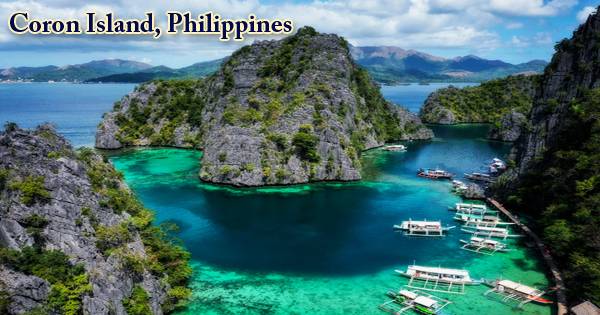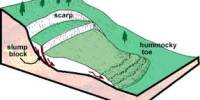Zooplankton are tiny organisms that float in aquatic habitats such as oceans, seas, and freshwater bodies. They are an important component of aquatic food webs, providing primary food for many bigger creatures such as fish, whales, and certain bird species.
The “zoo-” prefix refers to the animal (ζῷοv, or heterotrophic) component of the planktonic community, which consumes other species to flourish. Plankton are aquatic animals that cannot swim successfully against the current. As a result, they drift or are transported by currents in the ocean, seas, lakes, or rivers.
Zooplankton differs from phytoplankton, which is the plant or autotrophic component of the plankton community (the “phyto-” prefix originates from Ancient Greek: φῠτόv, romanized: phutón, lit. ’plant’). These include a diverse spectrum of organisms, such as tiny crustaceans like copepods and krill, small jellyfish, larval stages of larger animals like fish and mollusks, and numerous protozoans. They appear in a wide range of shapes and sizes, from tiny organisms to huge jelly-like creatures.
Zooplankton is heterotrophic (other-feeding), whereas phytoplankton is autotrophic (self-feeding), deriving energy mostly through photosynthesis. In other words, zooplankton can’t produce their food. They must consume other species instead. They mostly eat phytoplankton, which is smaller than zooplankton. The majority of zooplankton is minute, however, some (such as jellyfish) are macroscopic or visible to the naked eye.
Zooplankton encompasses a diverse range of organisms, including tiny crustaceans like copepods and krill, as well as larval stages of many marine invertebrates like mollusks and jellyfish. Some zooplankton are herbivorous, feeding on phytoplankton (microscopic plants), while others are carnivorous, preying on smaller zooplankton or even their kind.
Importance
Zooplankton are critical components of marine ecosystems because they recycle nutrients, contribute to the carbon cycle, and act as a connection between primary producers (such as phytoplankton) and higher trophic levels. They are also sensitive markers of environmental change, providing significant information on the health of aquatic ecosystems.
These species contribute significantly to the nutrient cycle and energy transfer in aquatic habitats. Their abundance and distribution can be regulated by variables like as water temperature, nutrient availability, and predator pressure. Furthermore, changes in zooplankton populations can have far-reaching consequences for the entire food web, making them critical markers of ecosystem health and environmental change.
















